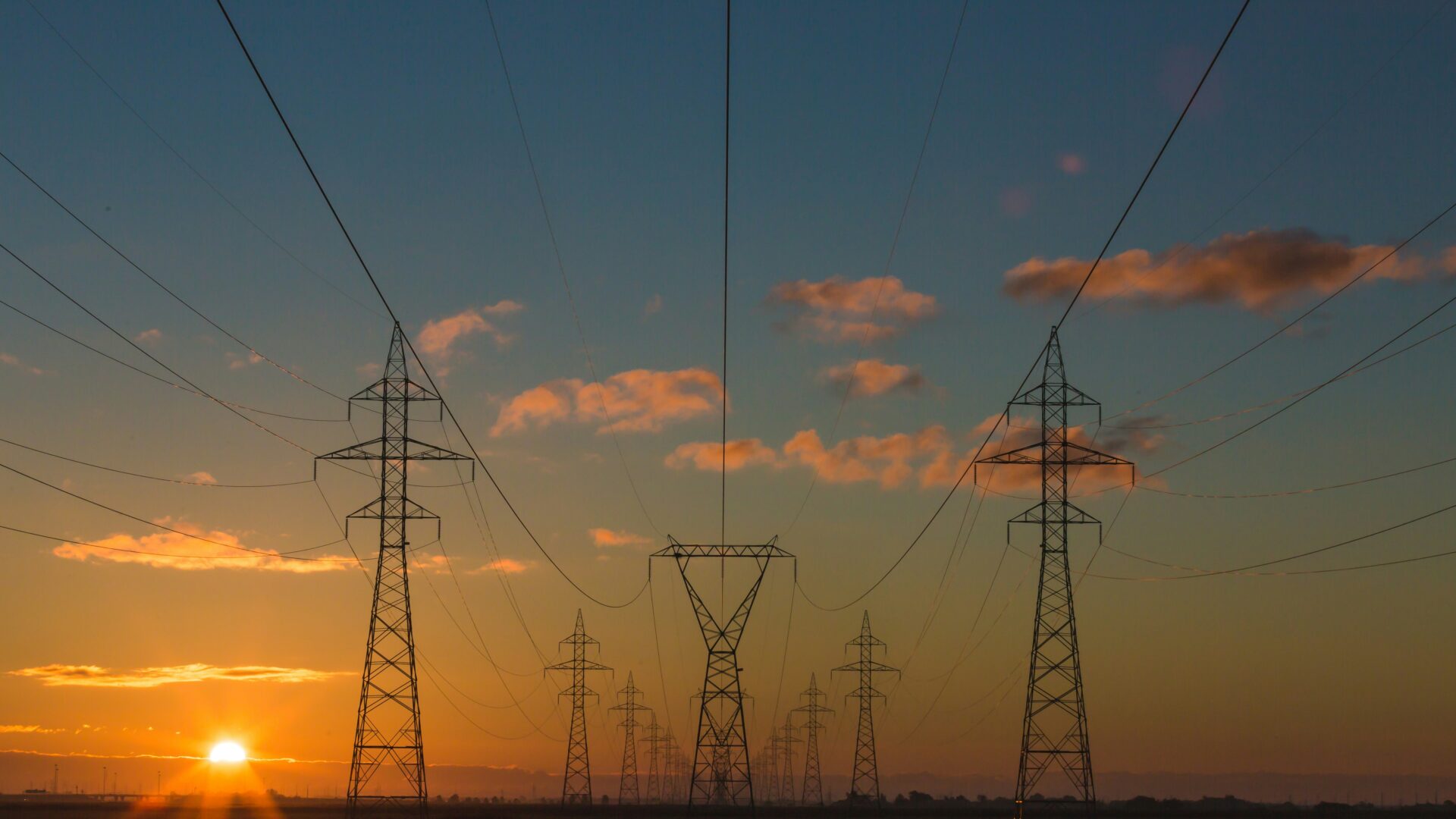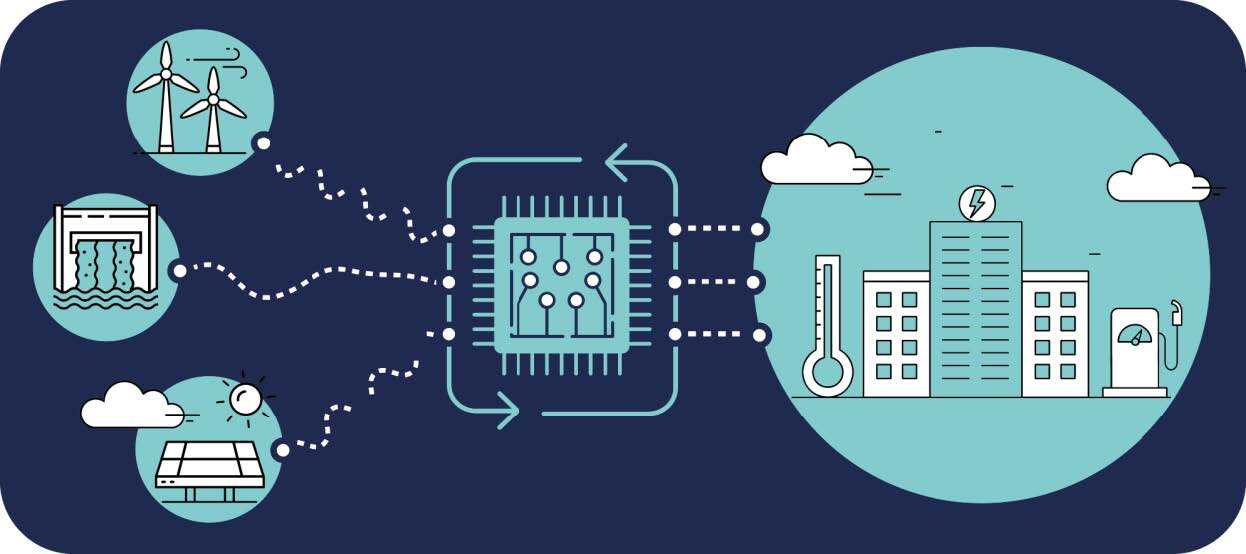
- Article
New grids demand new models
Changing how we generate electricity isn’t just a simple thing of switching fossil fuel generators off and solar panels on. There are many factors that complicate the transition to renewables – including the physical way these sources connect to the grid.
Unlike synchronous generators, devices such as windmills, solar panels and batteries typically interface with the grid through inverters. This introduces a certain amount of instability. In a conventional grid, the inertia contributed by rotating turbines helps the system to resist sudden changes in frequency, but inverters don’t have this; as a result, networks with a high share of inverter-based resources (low-inertia systems) respond more dramatically to sudden changes in the electricity grid, making power outages more likely as operators have less time to respond. Another wrinkle: this rapid response time could invalidate existing power system modelling approaches, which assume static behaviour of transmission lines.
All this demands new approaches to grid management; which starts with investigating how the new, distributed grids behave under changing circumstances. Examining how the grid responds to various disturbances will enable us to devise strategies to reduce the risk of outages. The Walenstadt grid, comprising hydroelectric plants alongside three large batteries and a plethora of household photovoltaics, is a good example of such a network and lends itself to studying the behaviour (and occasional failures) of these power electronics.

As part of her master’s thesis, ETH Zurich student Emma Laub created a realistic, dynamic model of distribution networks. She adapted the model to the grid in Walenstadt to simulate the interaction between its components under various conditions. The study resulted in three key findings. First, Walenstadt cannot currently operate as a true microgrid since it cannot function stably in completely islanded form without reactive power compensation from the main grid.
Second, networks with a higher ratio of grid-forming to grid-following inverters are more stable – both in deviating less from set points, and in returning faster to stable conditions This is because grid-following inverters don't need to use the main grid for a reference frequency signal.
And finally, the static transmission line model is not adequate to study microgrids with low inertia (that is, without the stabilising influence of rotating turbines). This model gives overly optimistic results, compared with the more detailed dynamic line model, and fails to accurately predict system behaviour in the less stable grids with more grid-following inverters.
Emma’s studies produced a dynamic modelling platform for studying microgrid stability that will contribute towards a better understanding of such systems, supporting preparation for a future grid that relies more on inverter-based and distributed energy resources. It’s another valuable piece of the puzzle that we are putting together in Walenstadt as we work towards greater sustainability without compromising on resilience.